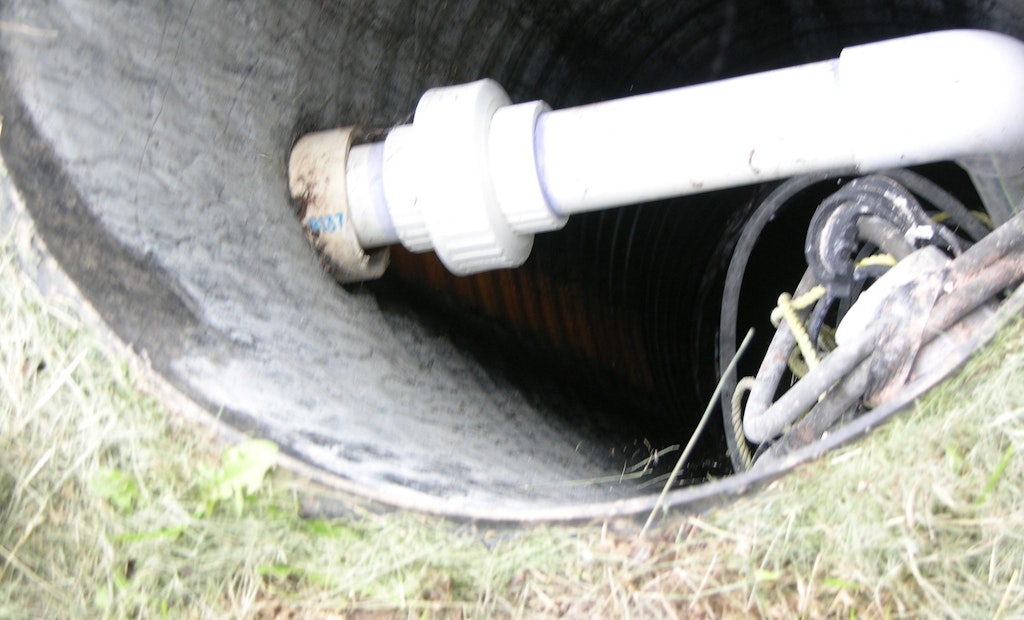The answer to whether you need to drain pump supply lines depends on where you live. If you live in an area that does not typically have frozen ground, the use of a check valve is common. A check valve is included in the discharge assembly to prevent drainback through the pump...
Pump Supply Lines: To Drain or Not to Drain?
Popular Stories
Discussion
Comments on this site are submitted by users and are not endorsed by nor do they reflect the views or opinions of COLE Publishing, Inc. Comments are moderated before being posted.






